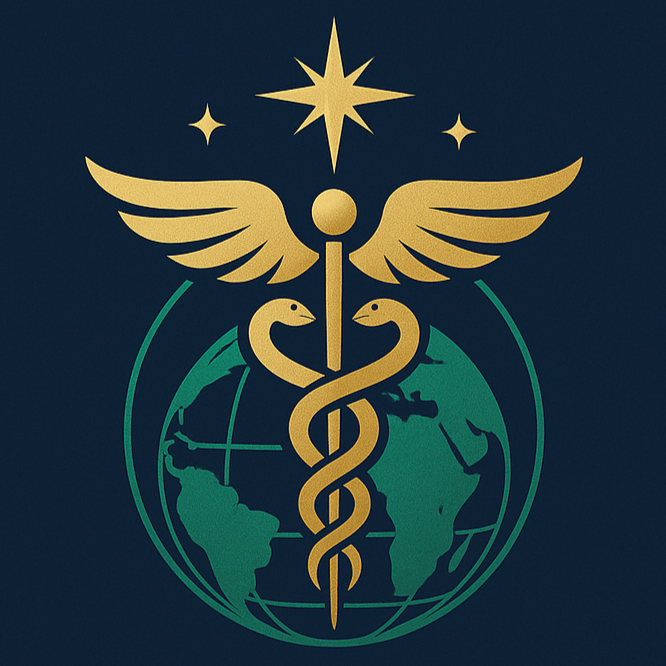Gene Editing / Gene Therapy
Gene Editing and Gene Therapy use advanced technologies like CRISPR to correct defective genes or enhance regenerative capacity. The Applications could include Genetic diseases (e.g., thalassemia) or Enhancement of regenerative function (often used with stem cells)
🧬 Applications of Gene Editing and Gene Therapy
Gene Therapy: Involves introducing normal genes into the body to replace or repair defective ones. This is typically achieved using viral vectors to deliver the genes into target cells. Applications: Monogenic disorders, cancer, and rare diseases.
Gene Editing: Refers to the precise modification of DNA sequences to achieve permanent correction of genetic mutations. Techniques commonly used include molecular tools such as CRISPR-Cas9 and TALEN. Applications: Genetic diseases, cancer, HIV, agriculture, and embryo research.
🔬 Clinical Applications and Key Developments
1. 🧬 Monogenic Genetic Disorders
Target Diseases:
Sickle Cell Disease
β-Thalassemia
Inherited retinal diseases (e.g., Leber's Congenital Amaurosis)
Severe Combined Immunodeficiency (SCID)
Approaches:
Add normal copies of a gene using viral vectors
Use CRISPR to correct disease-causing mutations directly
Status:
FDA-approved therapies include Zynteglo™ and Luxturna™
2. 🧠 Neurological Disorders
Target Diseases:
Amyotrophic Lateral Sclerosis (ALS)
Huntington's Disease
Parkinson's Disease
Challenges:
Crossing the blood-brain barrier
Maintaining long-term neuronal safety
Strategy:
Deliver therapeutic genes to neural cells using AAV or lentiviral vectors
3. 👁️ Sensory System Disorders
Example: Luxturna™
The first FDA-approved gene therapy for inherited retinal dystrophy caused by RPE65 mutations
Mechanism:
Uses AAV vectors to deliver functional RPE65 genes into retinal cells
Effect:
One-time treatment; vision improvements can last years
4. 🧪 Cancer Treatment
Applications:
CAR-T cells genetically engineered to target cancer cells
CRISPR used to edit immune cells for enhanced anti-tumor activity
Clinical Trials:
Conducted in the U.S., China, and other countries
Used for both hematologic cancers and solid tumors
5. 🦠 Infectious Diseases
HIV:
CRISPR is being tested to remove latent HIV DNA from infected cells
The controversial CCR5 gene-editing case in embryos raised ethical alarms
Hepatitis B (HBV):
Gene editing aims to cut out or silence HBV DNA for a potential cure
6. 👶 Reproductive Medicine & Embryo Editing (Ethically Controversial)
Potential Use:
Preventing severe hereditary conditions at the embryo stage (e.g., β-thalassemia, cystic fibrosis)
Ethical Concerns:
Involves long-term safety, informed consent, human rights
Banned in most countries for reproductive purposes, but allowed in lab research under strict regulations
7. ⚗️ Gene Therapy Drug Landscape
- Zolgensma: For Spinal Muscular Atrophy (SMA) (FDA 2019)
- Luxturna: For Inherited Retinal Disease (RPE65) (FDA 2017)
- Zynteglo: For β-Thalassemia (EMA / FDA 2019 / 2022)
- Roctavian: For Hemophilia A (EMA 2022)
⚠️ Technical & Ethical Challenges
Delivery Efficiency: Vector capacity limitations and safety risks
Immune Response: Potential for immune rejection of vectors or introduced proteins
Off-Target Effects: Unintended edits in DNA may cause harmful mutations
Ethical Regulations: Especially regarding human germline editing and embryo research

